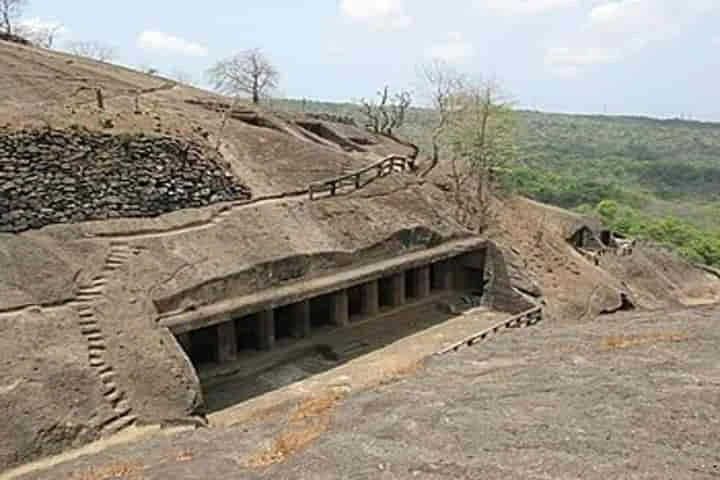On the occasion of Buddha Purnima, the Union Government upgraded several facilities and amenities in the historic Kanheri Caves — a stunning reminder of India's rich heritage — located in Mumbai’s Sanjay Gandhi National Park.
While the existing buildings such as the visitor pavilion, custodian quarter, booking office were refurbished, the area from booking counter to custodian quarter has been landscaped and provided a green cover. These facilities were inaugurated by the Union Minister for Tourism and Culture G. Kishan Reddy during his two-day visit to Mumbai.
With the Kanheri located in the forest, earlier there was no electricity and water. Now the solar system is being installed for power with a generator for back-up while water is being made available through a bore well.

But now, following a tie up between the Indian Oil Foundation and Archaeological Survey of India, the caves have got a new lease of life.
These caves are one of the largest single excavations in the country and have more than 110 different rock-cut monolithic monuments. While a majority of these were done during the Hinayana phase of Buddhism there are many examples of the Mahayana stylistic architecture as well as few paintings of the Vajrayana order.
The name Kanheri is derived from ‘Kanhagiri’ in Prakrit and finds mention in the travelogues of foreigners. One of the earliest references is ascribed to Fa-Hein who visited India during 399-411 CE.

The popularity of this monastic and pilgrim centre can be gauged by the scale and extent of the building complex which has numerous water cisterns, epigraphs, one of the oldest dams, a stupa burial gallery and excellent rainwater harvesting system.
Reddy describing the caves as part India’s ancient heritage observed: “If we look at the architectural and engineering marvel of heritage sites like Kanheri caves or the Ajanta Ellora caves it signifies the knowledge about art, engineering, management construction, patience and perseverance that people had back then.”




















